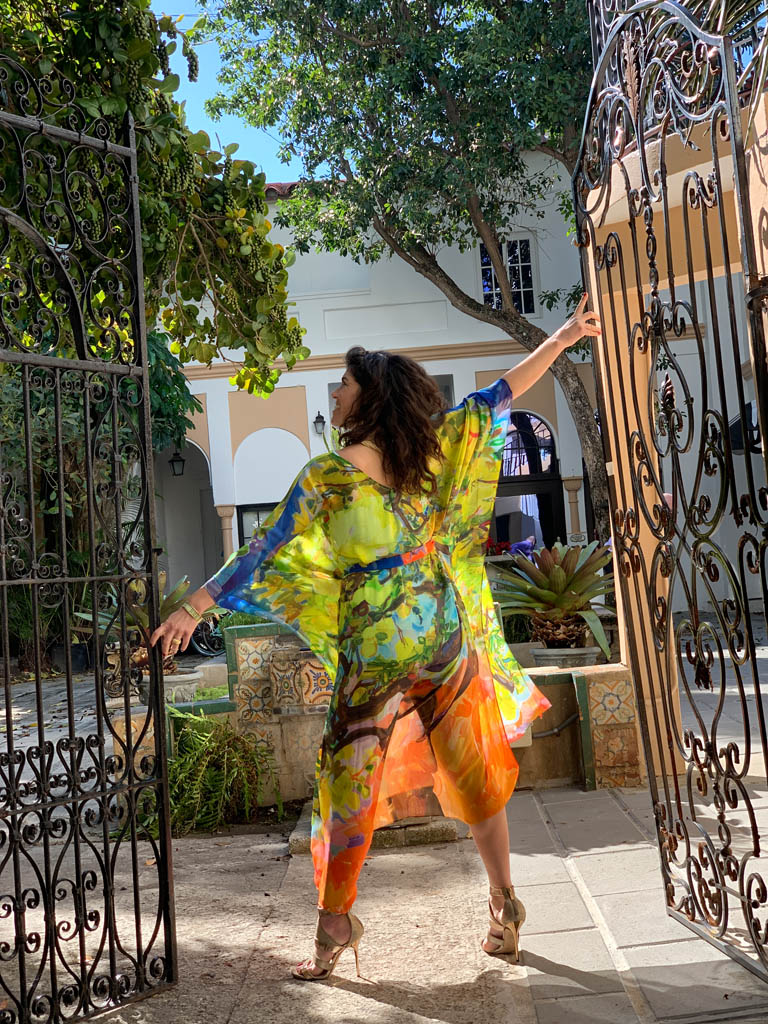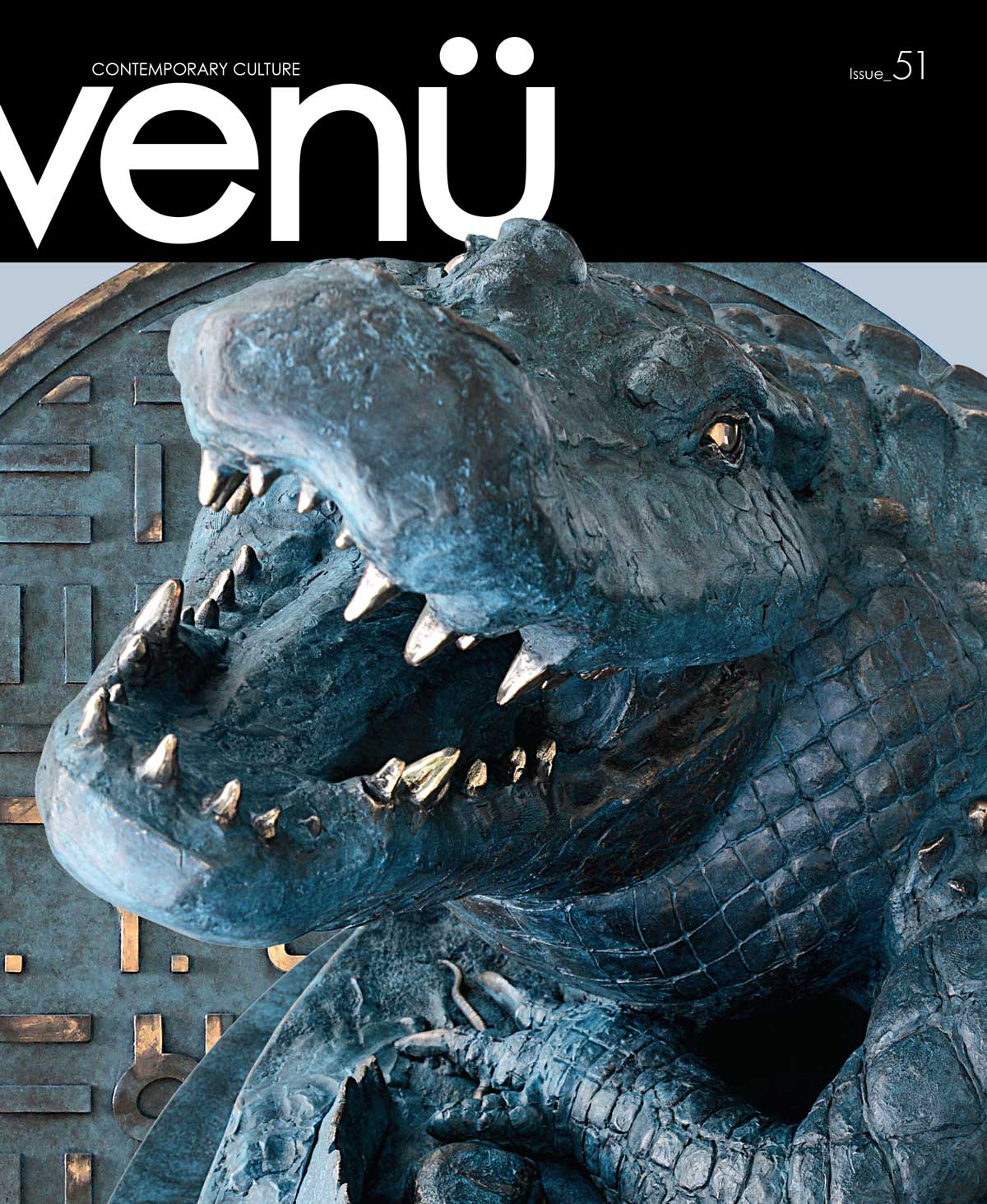
My personal interest in art and my responsibilities as a banker motivate me to explain how art can be part of your broader financial plan for fellow art enthusiasts. Optimizing a collection and leaving a legacy can be challenging for collectors. Taking a deep dive into today’s art market, art financing, ownership structures, and gifting can help collectors better navigate this exciting passion investment.

Alexandre Durandy de Naurois Turgot, Vice President and Banker at J.P. Morgan Private Bank
Today’s art market and a leap into a strategic foresight
The global art market totaled $67.8 billion in 2022, reaching its second-highest level to date, according to The Art Market 2023 published by Art Basel. 2022 was highlighted by the sales from the most prestigious collections, which included those of Thomas Ammann, Yusaku Maezawa, and Paul G. Allen’s iconic collection.
Sotheby’s record-breaking Klimt portrait was sold in June 2023 for £85.3 million (in 10 minutes!). Sales of Old Masters are at an all-time high, and auction houses are competing to prove they can offer top quality artworks. According to Deloitte, contemporary art has outperformed the S&P 500 cumulatively by 131% for the past 26 years.
Art Basel published a key report in 2021 titled “Millennial collectors are coming of age – and women are the biggest spenders” and found that the number of young collectors is growing rapidly and they were the highest spenders on fine art in 2020. This gives us a strong indication of the strength of the art market in the coming years.
Art can provide significant returns over the long run; however, it is illiquid. That said, a well-versed financial institution – which knows how to handle illiquid assets – can provide guidance.
Providing liquidity with an illiquid asset
Borrowing against a fine art portfolio is a solution that should be considered on a case-by-case basis. With 28% capital gains tax on collectibles held long-term in the US, it may not always make sense to sell pieces of your art collection if you are looking to create liquidity. For collectors with a considerable amount of capital tied up in art, borrowing against it can play an integral role in their overall wealth strategy. Doing so releases capital without disrupting their portfolio.
With Fed fund rates over 5%, it might seem like an inopportune time to borrow. However, the right financial partner can help you do it in a tax-efficient manner using “tax-aware borrowing” to reduce your real borrowing costs. As interest rates increase, so does the opportunity to optimize your U.S. income tax deductions. Using “tax-aware borrowing,” you can deduct your borrowing cost as an investment interest expense. The rule is that you must invest the proceeds of the loan in taxable investments. There is no cap if the net investment income from your entire portfolio at least equals your borrowing cost (and any unused expense can be carried forward).
To borrow against your art collection, lenders usually require a diversified portfolio of museum-quality pieces appraised by qualified art appraisers over a certain minimum amount. The loan to value (LTV) may vary, but can be up to 50% of the value of the artwork. The good news is that in most cases you can keep any art you have used as collateral, enjoying it in your home. Typically, this lending solution is a custom service offered to clients who have a broader relationship with a large bank, allowing them access to their balance sheet and specialized lending capabilities.
To define your liquidity needs, cash flow projections including transaction, insurance, and storage costs should be included in your plan. Will you add pieces to the collection? Are you buying and selling different pieces to maintain the collection? Are you thoughtfully harvesting losses to offset gains? With proper planning, art financing can be a great tool to create liquidity.

Gustav Klimt, Dame Mit Fächer (Lady with a Fan) 1917-1918. Courtesy of Sotheby’s
Leaving a legacy
A collection can pass to only one of three places: non-charitable beneficiaries (e.g., spouse, children, grandchildren, or a trust for their benefit), charitable beneficiaries (e.g., public charities, donor-advised funds, foundations or museums), or taxing authorities (e.g., the IRS). Before making a decision about whom to leave a collection (or components of it) to one or more potential beneficiaries, you should define your vision for it. Ask yourself which individuals or charitable organizations you would like to pass the collection to, and whether you wish to keep it together or allow it to be divided. Further thought should be given to setting up a private foundation or a private museum. It is also important to confirm, to the extent possible, that future beneficiaries will manage the collection in the manner you would like it managed.
Once you have your vision for your art collection, you can then identify the right ownership structure. There are, generally, three ownership options: individual, limited liability company (LLC), or trust. While owning the art in your name is simple, it invites exposure to unwanted publicity and creditors’ claims. Upon death without a proper estate plan, your Will would have to be probate in the state(s) where the works are located at perhaps a significant expense and with a material delay.
Keeping it in the family
The fair market value of your collection would be part of your estate at your death and subject to estate tax. Life insurance can serve as a valuable tool, providing liquidity upon death and allow beneficiaries to have the necessary cash to acquire the collection and/or help pay the estate tax that is generally due within nine months of death.
Setting up a LLC can keep the collection intact and facilitate estate planning by allowing for the transfer of LLC units, rather than fractional interests in the works themselves. Transferring assets to a well-designed LLC would avoid probate of the Will in multiple states, as the LLC shouild turn tangible assets into intangible ones.
Art can be transferred to individuals at death, or gifted during life either outright to one or more individuals or to trusts for their benefits. Lifetime gifts of works of art to individuals can be the centerpiece of an effective, tax-efficient estate plan, as it generally removes the asset itself, and any future appreciation thereon, from your taxable estate. A potential tax benefit of owning art in an LLC is that you can give LLC units to an irrevocable trust using your yearly gifting exclusions with possible valuation discounts.
Donating to charitable organizations
Donations to charity during your lifetime should qualify for an income tax deduction depending on the circumstances. It is important that the right asset is given by the right person to the right charity for the right use.
Private foundations and donor-advised funds (DAFs) are two common vehicles for organizing your charitable giving. Both allow you to segregate and designate funds permanently for charitable purposes, and both can serve as platforms for creating a legacy for your family. How you use the vehicles depends largely on your appetite for engagement, control, and resource allocation.
A bequest of art to charity would not be subject to estate tax. Donating works to charity also eliminates certain other concerns that are relevant to lifetime gifts. Your executor should be knowledgeable about your collection and have the flexibility needed to negotiate terms after your death with the intended recipients. For instance, you may have a specific museum in mind to receive your collection, but the organization may have limited space, or it could decide that your pieces do not complement its existing collection. Your executor can help ensure your collection passes to an appropriate charity and is properly appreciated.
Dedicated attention
Whether you are a serious collector or a beginner, and whether you are considering buying art as a passion or to diversify your assets – the collection needs dedicated attention. Your vision, ownership structure, cash flow projections, financing options, and estate plan all need to be reviewed to optimize your collection and leave a legacy. Take the time to identify the right team to manage your collection so you can enjoy your passion to the fullest. Art Basel Miami, the last big art fair of the year, is in December – an opportunity to discover new and exciting pieces for your collection! ☐
J.P. Morgan and its affiliates and employees do not provide tax, legal or accounting advice. You should consult your own tax, legal and accounting advisors before engaging in any financial transactions.





Leave a Reply